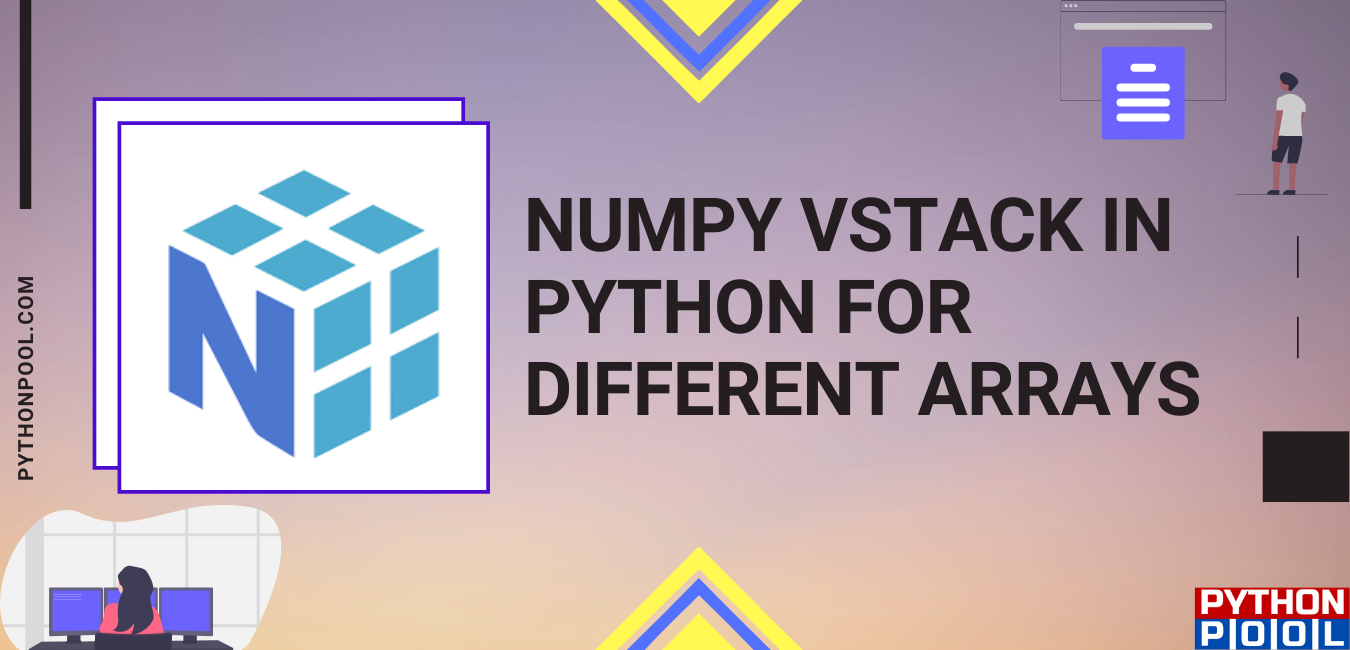

The reshape method takes a tuple as an argument which represents the desired shape of. There is also an analogous function column_stack and shortcut c_, for horizontal (column-wise) stacking, as well as an almost-analogous function hstack-although for some reason the latter is less flexible (it is stricter about input arrays' dimensionality, and tries to concatenate 1-D arrays end-to-end instead of treating them as columns).įinally, in the specific case of vertical stacking of 1-D arrays, the following also works: numpy.array( LIST ) In NumPy, the shape of an array can be changed using the reshape method. This is good for concatenating a few explicitly-named arrays but is no good for your situation because this syntax will not accept a sequence of arrays, like your LIST. This flexible behavior is also exhibited by the syntactic shortcut numpy.r_ (note the square brackets). Again, you can concatenate a whole list at once without needing to iterate: numpy.vstack( LIST )

Take a sequence of arrays and stack them vertically to make a single array. Where a new dimension is required, it is added on the left. Stack arrays in sequence vertically (row wise). Vstack (or equivalently row_stack) is often an easier-to-use solution because it will take a sequence of 1- and/or 2-dimensional arrays and expand the dimensionality automatically where necessary and only where necessary, before concatenating the whole list together. It will only work if all the input arrays have the same shape-even along the axis of concatenation. This takes the complementary approach: it creates a new view of each input array and adds an extra dimension (in this case, on the left, so each n-element 1D array becomes a 1-by- n 2D array) before concatenating. If you want to concatenate 1-dimensional arrays as the rows of a 2-dimensional output, you need to expand their dimensionality.Īs Jorge's answer points out, there is also the function stack, introduced in numpy 1.10: numpy.stack( LIST, axis=0 ) Vstack() and Hstack() Python program to stack two arrays array1 np.array(2,3,4,5,4,3,5,3) array2 np.array(6,3,5,2,8,2,5,8) Vertical. The arrays must have the same shape along all axis except. It’s syntax is: numpy.vstack (tup) The parameter it takes is a tuple which is a sequence of ndarrays that we want to concatenate. Take a sequence of arrays and stack them vertically to make a single array. Numpy.vstack () is a function in Python that takes a tuple of arrays and concatenates them vertically along the first dimension to make them a single array. In general you can concatenate a whole sequence of arrays along any axis: ncatenate( LIST, axis=0 )īut you do have to worry about the shape and dimensionality of each array in the list (for a 2-dimensional 3x5 output, you need to ensure that they are all 2-dimensional n-by-5 arrays already). Stack arrays in sequence vertically (row wise).


 0 kommentar(er)
0 kommentar(er)
